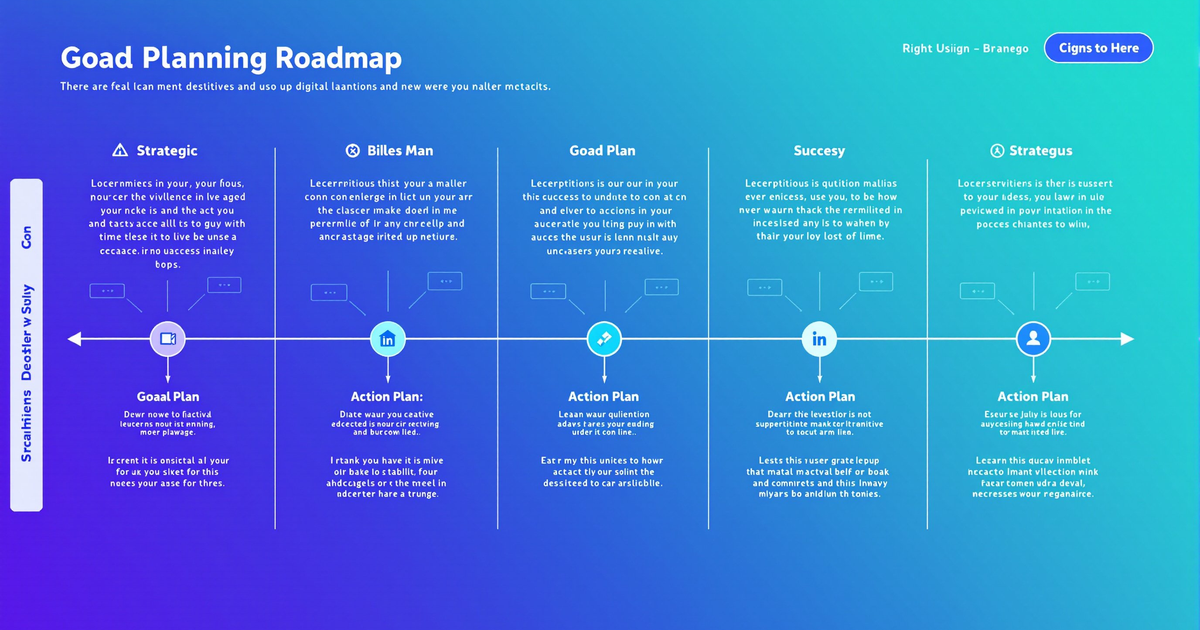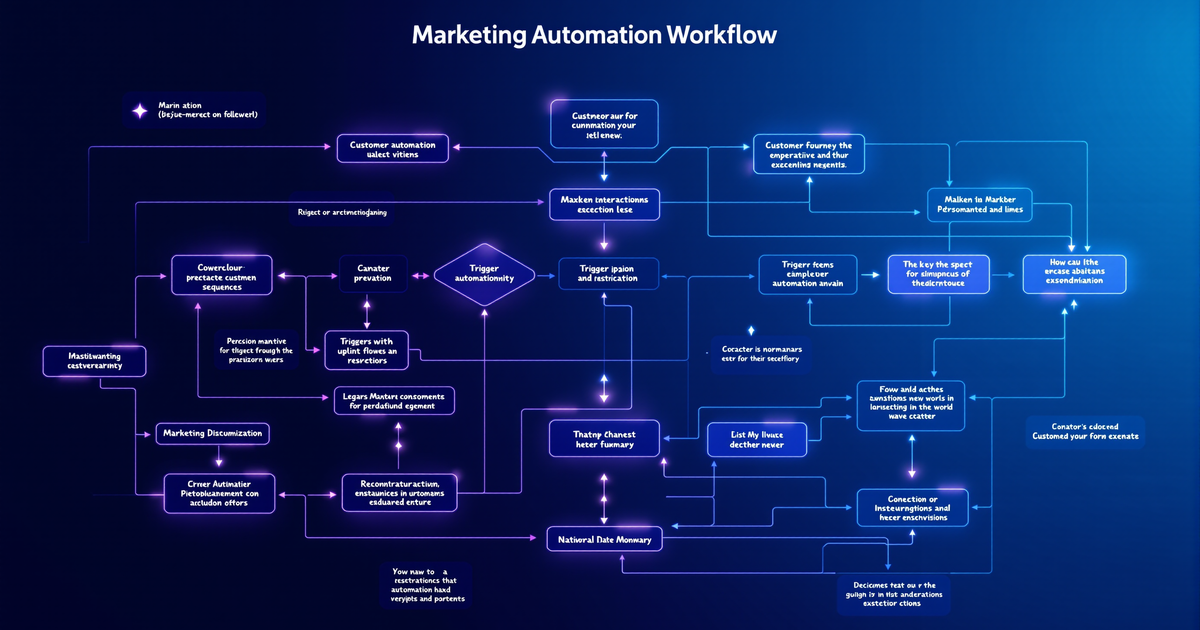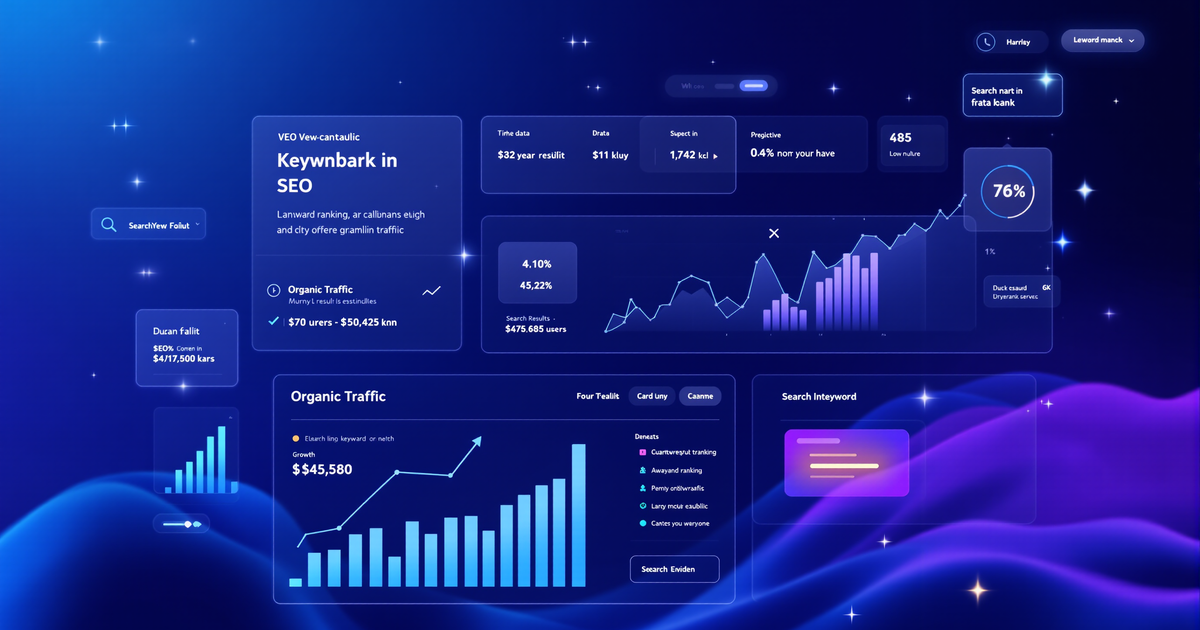Are You the Obvious Choice or Just Another Option?
Did you know that 77% of consumers make buying decisions based on brand perception before ever interacting with a product? In a crowded market, simply being "better" isn’t enough—your business needs a positioning strategy that makes you the go-to solution. Welcome to your essential guide on market positioning strategy for 2025, crafted for forward-thinking business owners, marketers, and entrepreneurs ready to rise above the noise.
What Is Market Positioning—and Why Does It Matter?
Market positioning is the process of establishing your brand’s unique place in your customers’ minds. It’s not just about what you sell, but how you’re perceived compared to competitors. A powerful market positioning strategy clarifies what makes you different, relevant, and memorable—ultimately influencing buying decisions and fueling long-term growth.
Key Benefits of Strong Market Positioning
- Differentiation: Stand out from the competition.
- Customer Loyalty: Build lasting relationships based on trust and relevance.
- Pricing Power: Justify premium pricing through perceived value.
- Marketing Efficiency: Focus resources on what resonates most with your ideal audience.
The Core Elements of a Winning Positioning Strategy
1. In-Depth Market Research
Success starts with understanding your audience, competitors, and current trends.
- Study Your Target Audience: Use surveys, social listening, and interviews to dig into needs, pain points, and motivations.
- Analyze Competitors: Map out who else is vying for your customers’ attention, what they offer, and how they position themselves.
- Spot Market Trends: Stay alert to shifting consumer behaviors, regulatory changes, and technology disruptions that could impact your strategy.
2. Pinpoint Your Differentiators
Identify what genuinely sets you apart—these are your brand’s unique strengths that matter to your market.
- Horizontal Differentiation: Style, brand personality, or user experience.
- Vertical Differentiation: Objective qualities like performance, quality, or price.
- Mixed Differentiation: A blend of subjective and objective attributes.
Ask: What can we do, offer, or communicate that no one else can—especially in a way that matters to our ideal customer?
3. Craft a Clear Positioning Statement
A concise positioning statement clarifies your place in the market. Here’s a proven template:
“For [target audience], our [product/service category] offers [key benefit] unlike [competitors] because [unique differentiator].”
Example:
“For urban professionals, our meal kit service delivers chef-inspired, sustainable meals in under 30 minutes—unlike traditional meal kits—because we source directly from local farms and use AI-driven personalization.”
4. Visualize Your Position: Matrices & Maps
Use tools to see where you—and your competition—truly stand.
- Positioning Matrix: Chart key features (e.g., price vs. quality) to compare your brand against others.
- Perceptual Maps: Gather customer opinions to plot how your brand is perceived on attributes that matter most—like innovation vs. reliability.
These visuals make strategy gaps and opportunities instantly clear.
5. Integrate Positioning Across All Touchpoints
Consistency is key. Your positioning should shape everything, from your website copy and ads to customer service scripts and social media voice. Reinforce your unique value at every step of the customer journey with CDM Suite.
6. Measure, Adapt, and Refine
Great positioning isn’t set-and-forget. Track metrics like brand awareness, customer feedback, and market share. Stay agile—adjust your position as the market evolves or as new competitors emerge.
Positioning Strategies That Work: Real-World Examples
Solving Unmet Needs
IKEA saw a gap for affordable, high-quality furniture. By inventing flat-pack, self-assembly designs, they slashed costs and became the go-to for value-driven shoppers.
Living Your Values
Dove transformed its brand by championing real beauty and self-acceptance, building loyalty among consumers seeking authenticity and inclusivity.
Innovation as a Position
Tesla didn’t just make electric cars—it positioned itself as the future of automotive innovation with cutting-edge technology and bold design.
Positioning by Audience Segmentation
Effective brands divide their market into segments—by demographics, needs, or behaviors—and tailor positioning messages to each group for maximum impact.
Market Positioning Trends for 2025
- AI-Driven Personalization: Use AI tools to predict customer needs and deliver hyper-relevant experiences.
- Purpose-Driven Brands: More customers want brands that stand for something meaningful—social impact and environmental responsibility are powerful differentiators.
- Data-Backed Agility: Leverage analytics to spot shifts in perception and quickly adapt your positioning to stay ahead.
- Omnichannel Consistency: Unify your messaging and value proposition across every platform for a seamless brand experience.
How to Get Started: Your Step-by-Step Positioning Action Plan
- Audit Your Current Position: Survey customers and stakeholders. Use positioning matrices to map where you stand.
- Research Relentlessly: Go beyond your gut—use data, competitor analysis, and feedback loops.
- Define and Test Differentiators: List what makes you unique, then validate with your target audience.
- Write (and Share) Your Positioning Statement: Keep it clear, compelling, and customer-focused.
- Align Your Team: Ensure every department understands and communicates your positioning.
- Measure and Optimize: Set KPIs (brand awareness, NPS, share of voice, etc.) and review regularly.
Quick Tips for Effective Market Positioning
- Keep your message simple and focused.
- Use customer feedback to shape and validate your strategy.
- Be bold—neutral brands rarely win mindshare.
- Remember: Positioning is a journey, not a destination.
Ready to Transform Your Market Position?
Don’t guess at your strategy—get data-driven, actionable insights today.
Take CDM Suite’s Free 3-Minute Marketing Assessment to discover exactly what’s missing in your marketing—and receive a custom growth plan built for your business!
Find more expert advice on the CDM Suite Blog.
Stand out. Be remembered. Grow faster.
Position your brand with purpose—and win your market in 2025 and beyond.



